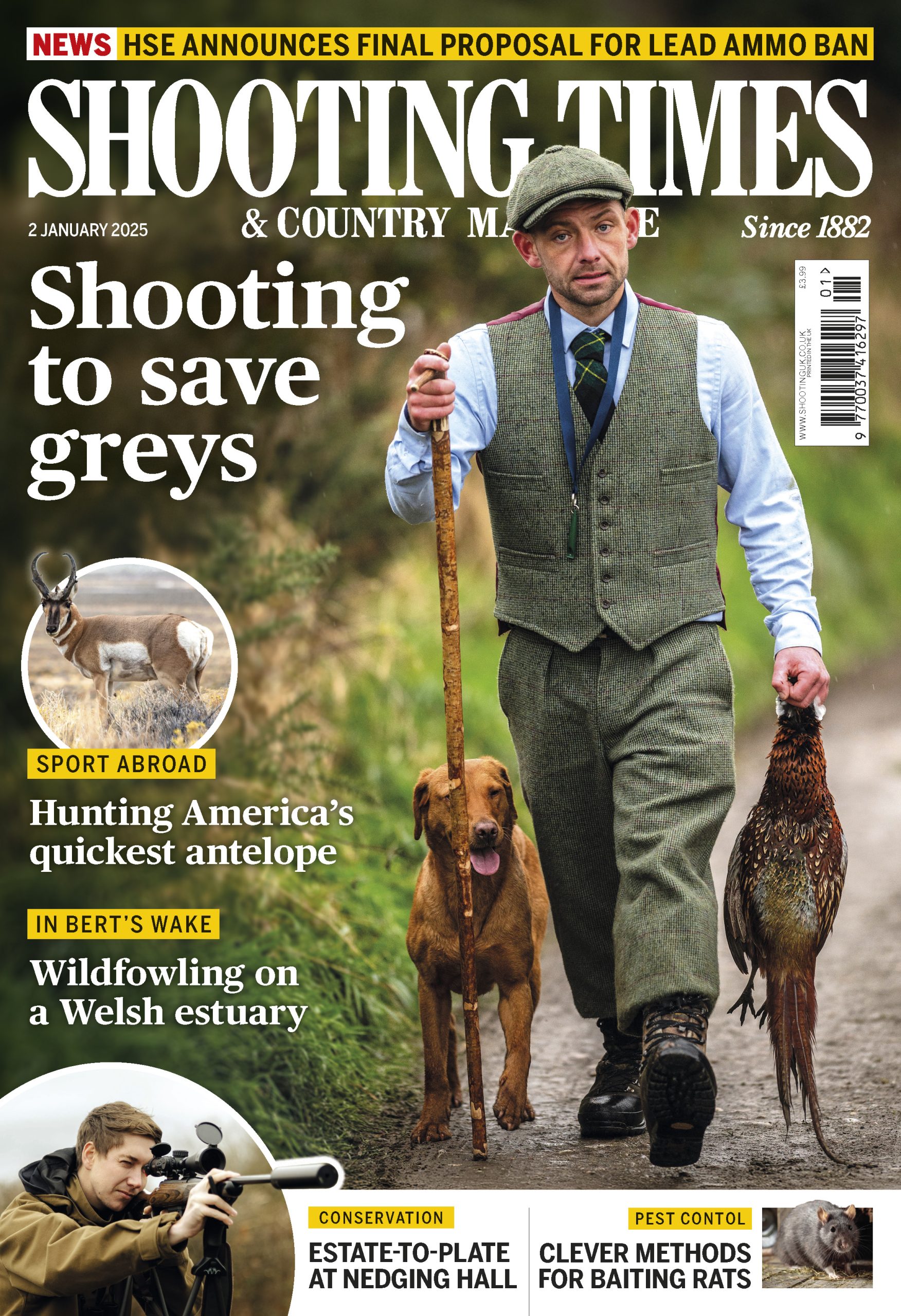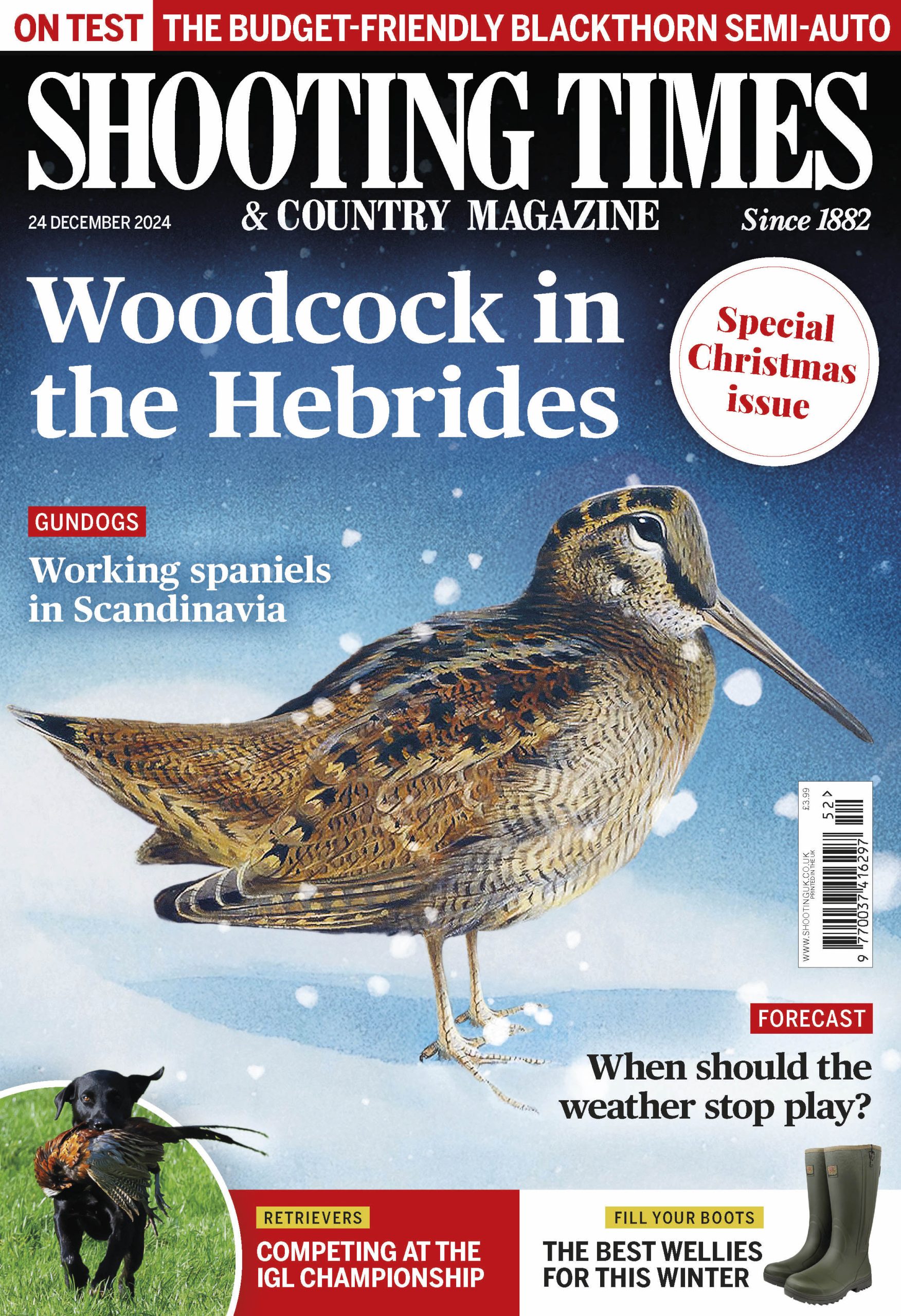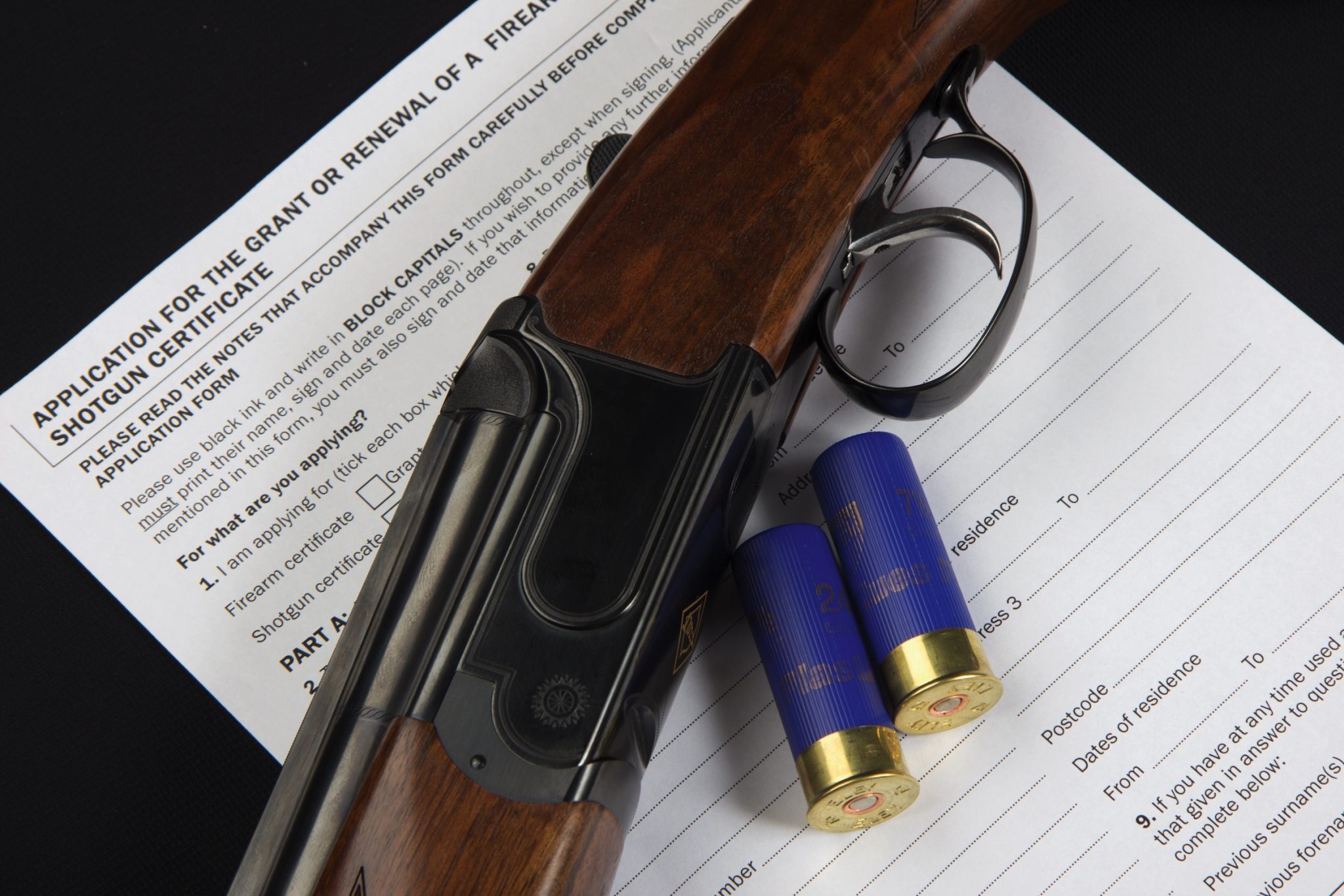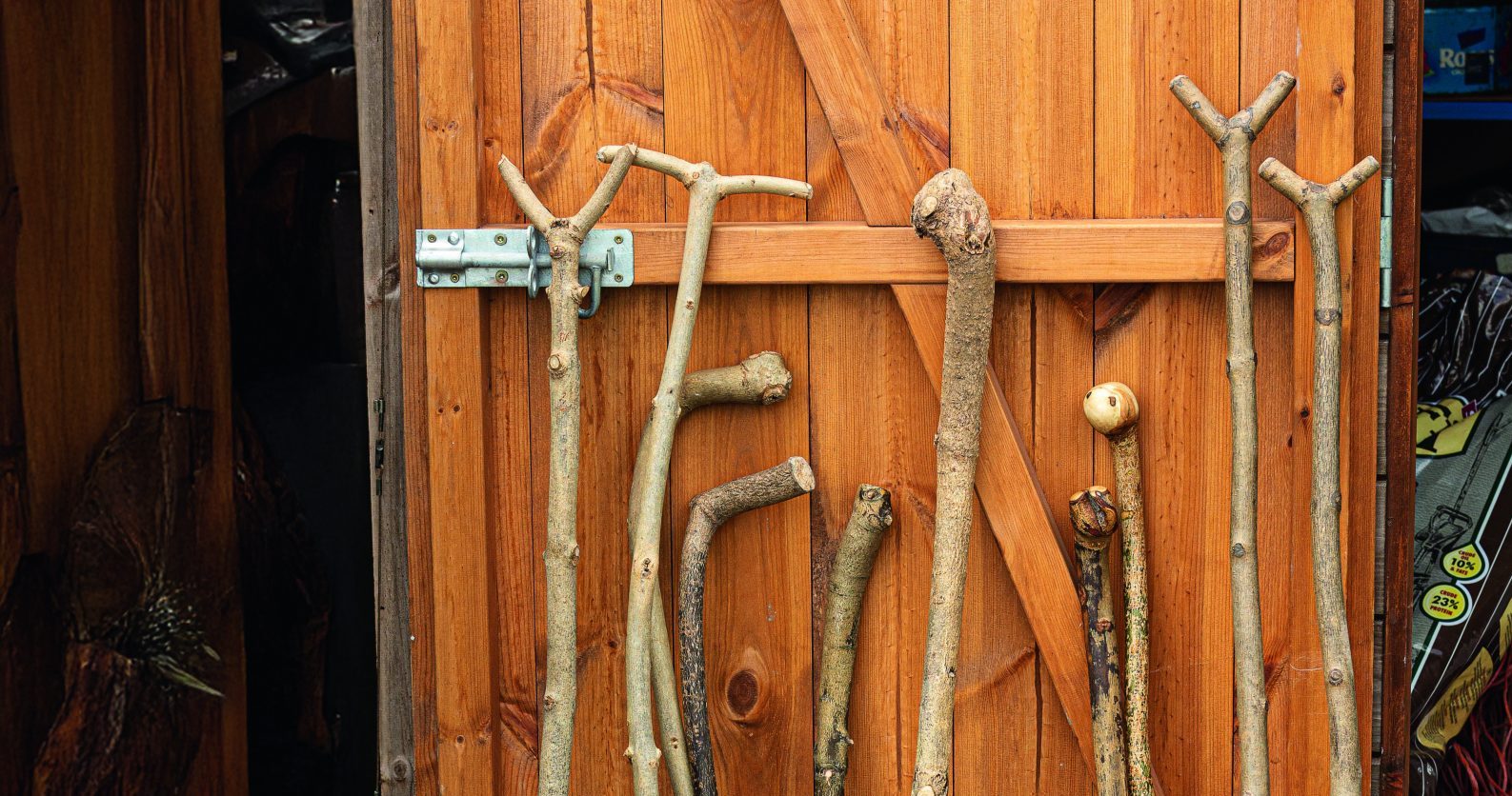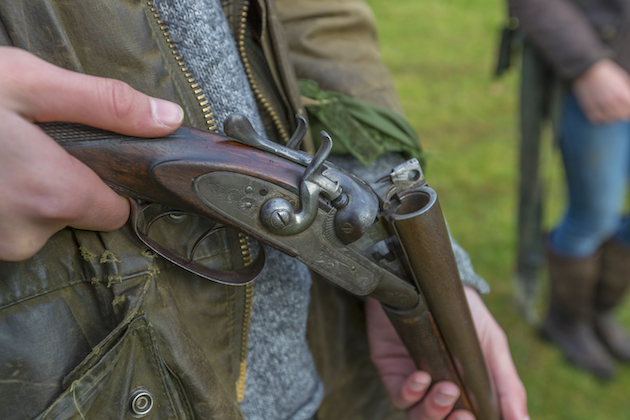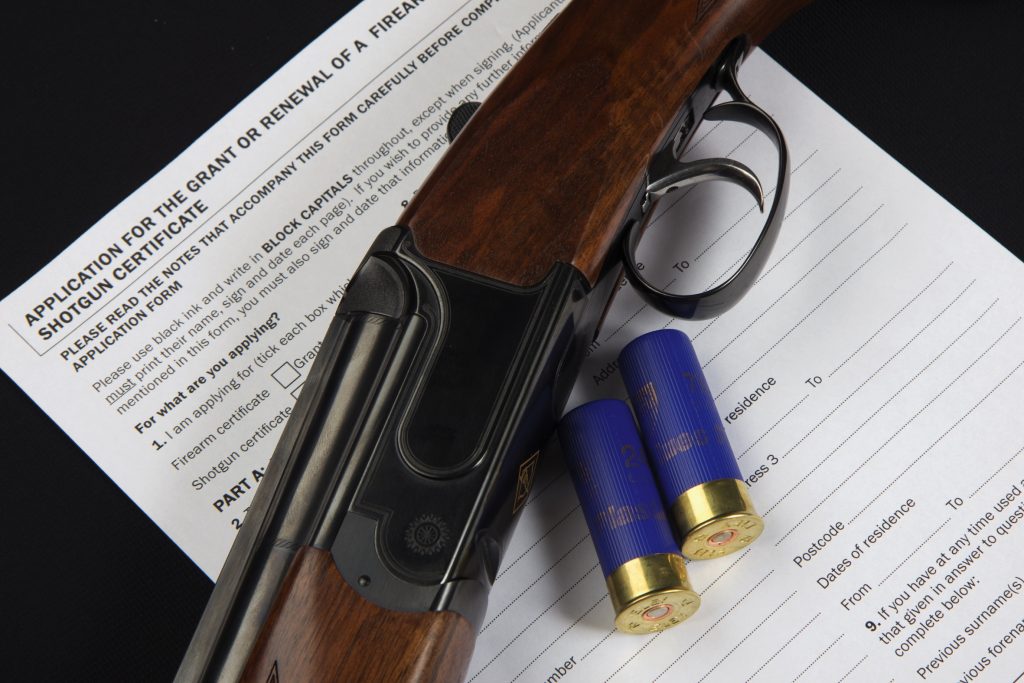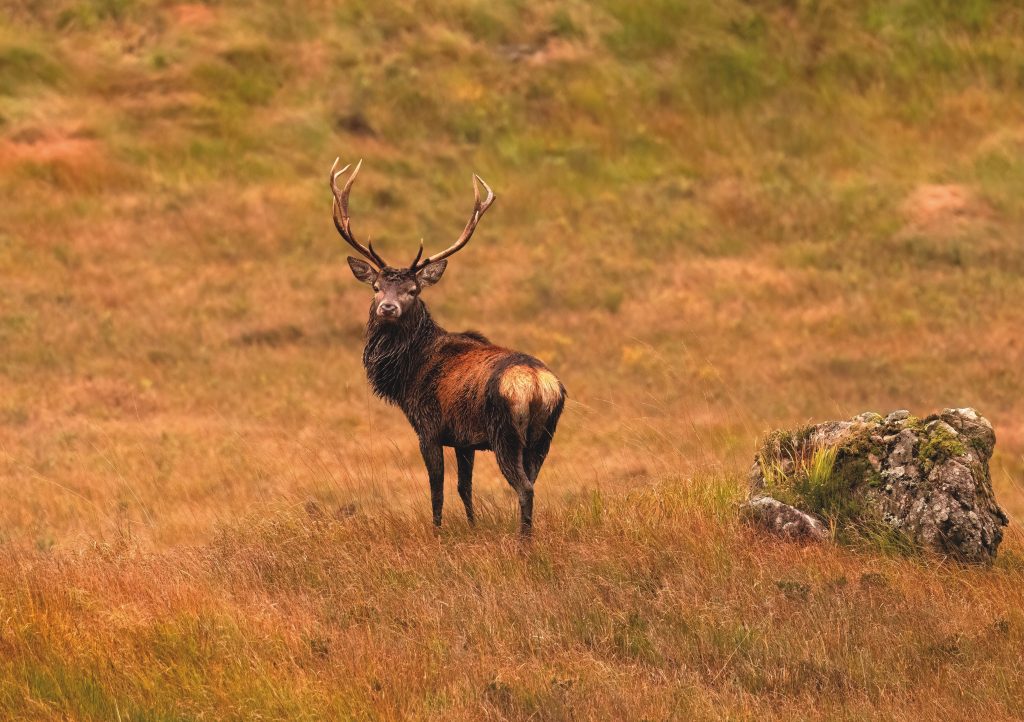Among the most underrated of guns, the 16-bore is considered to be the gun of choice for true sporting connoisseurs.
Win CENS ProFlex DX5 earplugs worth £1,149 – enter here
AYA 16-bore No. 2

I am looking at the pros and cons of the 16-bore in the form of an AYA Model No.2. If you are thinking of buying one, what are the alternative options for an English gun in the same calibre at a similar price?
We frequently see 16-bores at the shooting school but not in the same volumes as the 12- and 20-bores. In more recent times we are seeing over-and-unders in this calibre; in many ways the 16-bore seems to be enjoying a period of popularity. Is it the marketing or the capability of the calibre in terms of handling and effectiveness? In recent months, I have fitted three pairs of new Purdeys in 16-bore and some time ago a 16-bore by Watson Brothers — for a left-handed shooter — that opens left-handed. This is not something that every manufacturer offers, but both Watson Brothers and AYA are able to provide this facility.
The 16-bore gun at the school is more than 100 years old with under-lever opening yet is still completely serviceable. Its 20-bore brother, however, has been retired for some time, having been used significantly more often over the past century.

AYA 16-bore No.2
Impressed by 16-bores
Every time I take a client out with a 16-bore, I am incredibly impressed by the effectiveness on the tower targets. So the test on this AYA should be interesting. The breaks on clays, when used effectively, always appear devastating.
The 16-bore is often considered to be a ladies’ or a boys’ gun, but I am not sure that the description is necessarily appropriate. The felt recoil, depending on the cartridge used, can be more than that of a 12- or 20-bore where there is a wider choice of light-load cartridges if the shooter is recoil-sensitive. Most loads for 16-bore start at 26g, bar one manufacturer that I know of which makes a 24g 16-bore cartridge with No.7½ shot size for use when practising or teaching. We use this load at the school and the felt recoil is significantly more comfortable.
I wonder if there were to be greater choice of cartridges in this calibre whether we would see its popularity rise still further. We use 21g cartridges when teaching on 12-bore and 20-bore and they are incredibly effective and comfortable for clients, whether for tuition or corporate events.
Why 16-bore?
When I ask 16-bore users why they use the calibre, the reasons seem to fall into three categories.
- First, it’s a family thing whereby the whole family, sometimes for a number of generations, has always used 16-bores so it has become a tradition.
- Secondly, the individual simply wants to shoot something different
- They had a go with one and just loved it.
So on to the question of AYA No.2 or English equivalent — how much are we going to spend? The AYA No.2 will cost around £8,000, depending on whether square or round action, and £6,495 in No.4 boxlock action. I had a quick look on the site that much of the trade uses for its used gun sales.
At the time the cheapest 16-bore for sale was a Baikal at a mere £150; the most expensive was a 1965 Purdey with 26in barrels at £32,000. Other options included a Westley Richards or a George Gibbs each at £3,750, or by the maker of the first gun that I owned, a Cogswell & Harrison at £7,495. You could have a William Evans at £8,495 or indeed a pair of W. & C. Scotts at £9,400.
Decision time
Do you go for one of the above or the AYA? It may depend to a certain degree on what is important to you. If you are a traditionalist seeking the individual nature of the 16-bore with a bit of English gunmaking history, then one of those mentioned above might be for you. However, you may wish to have it looked at by a gunsmith with a reputation for repairs to English shotguns.
Have the woodwork looked at — has it been looked after, is it in a good and usable condition, are the barrel walls of sufficient thickness? Does the gun need any money spending on it and if so how much?
Can the stock be altered to your measurements? If you have not had a fitting for some time, I would recommend having your measurements checked, especially if you are changing from a 12- or 20-bore.
If having a piece of traditional gunmaking from a well-known English maker is not high on your list of priorities, the advantage of the AYA is that it can be made to measure within around nine to 12 months to your specifications, including wood grade, barrel length, single or double trigger, specified choking or multichoked with an option of self-opening. These guns are made with chopper-lump barrels, which is the same manufacturing process as Best guns.
AYA is also the only Spanish gunmaker that machines its own barrels and actions. The steel used in the locks and springs is manufactured for longevity. The design is such that even if the gun is shot off the face after tens of thousands of cartridges, it is easy for a gunsmith to rectify it by replacing the hinge pin.
We see a number of AYAs at the school and, apart from the odd spring or firing pin, they do stand the test of time. The ejectors are so good and the timing so perfect that if you miss a bird in front with both barrels, you have a fair chance of hitting it with the spent cartridges.
Gun test
I started on the 40ft tower on straight birds, then some birds out to either side, simply to get used to the gun and its handling. It delivered some devastating kills and the choke barrel was smoking the clays. We were using a mixture of cartridges from different manufacturers in 26g, 28g and 30g loads. The felt recoil was a little more robust but not disconcertingly so than a 12- or 20-bore with equivalent loads.
If you are thinking of moving to a 16-bore and are recoil-sensitive, test one before you buy. The handling was, as always with AYAs, predictable, pointable and controllable. The 30in barrels would definitely be my preference, especially when shooting some good birds.
I went on to the high tower with the same results, especially when the trap was put out wide to both the left and the right. If ordering one for myself I would make use of the custom service from AYA and have the gun made to my measurements.
12 bore vs 16 bore – the great debate
Which would be your choice in the 12-bore vs 16 bore conversation? Ask some people why they use a 16-bore…
Conclusion
If you choose the AYA option you can have a made-to-measure gun to your specification that will give great service, with back-up from importer ASI, which has a long history with AYA. Whether you opt for a second-hand English gun or the new AYA probably depends on what gets your blood going more; the pleasure of owning something from a well-known English brand, or the function and form of a pristine AYA. The former may lead to a few invoices but do your homework and don’t buy on impulse; you will enjoy shooting and owning a piece of history. There are a number of gun dealers in the UK that specialise in English guns so do your research too.
- Action and barrels: I prefer the round action purely on the aesthetics. The standard of finish is exceptional on both the action and the barrels 20/20
- Trigger and safety: Trigger pulls are first class – I would go for the double trigger. The safety catch is automatic and easy to operate 20/20
- Stock: The wood is not always the most figured unless upgraded. The chequering is well executed and comfortable in the hand without being sharp. The wood-to-metal fit is always very well done 18/20
- Handling: The handling on the test gun was excellent, even thought the standard measurements off the shelf are a little on the short side for me. 19/20
- Value: At this price you are getting a true sidelock made to very high standards that will last a lifetime and more, provided you look after it. It offers great handling and can be maintained at significantly less cost perhaps than a second-hand English gun in the same price bracket. 19/20
Related Articles
Get the latest news delivered direct to your door
Subscribe to Shooting Times & Country
Discover the ultimate companion for field sports enthusiasts with Shooting Times & Country Magazine, the UK’s leading weekly publication that has been at the forefront of shooting culture since 1882. Subscribers gain access to expert tips, comprehensive gear reviews, seasonal advice and a vibrant community of like-minded shooters.
Save on shop price when you subscribe with weekly issues featuring in-depth articles on gundog training, exclusive member offers and access to the digital back issue library. A Shooting Times & Country subscription is more than a magazine, don’t just read about the countryside; immerse yourself in its most authoritative and engaging publication.
